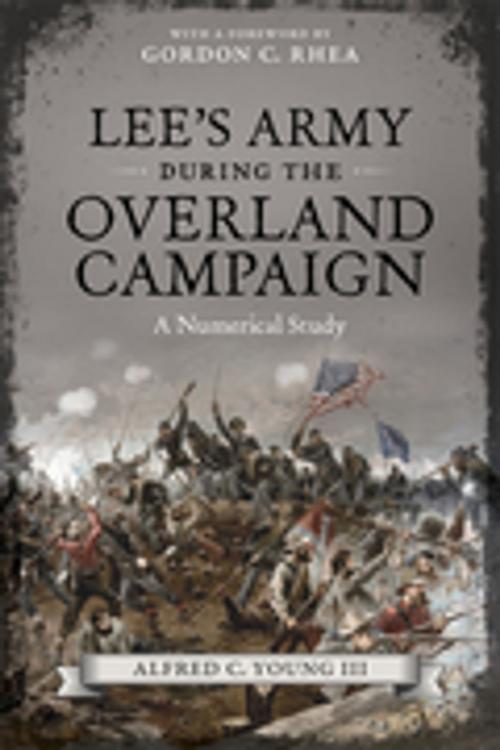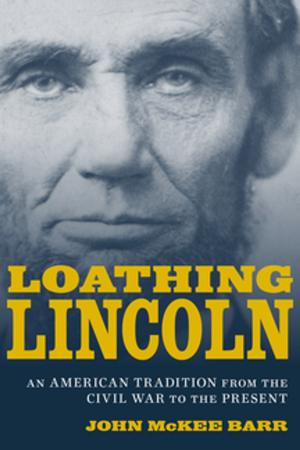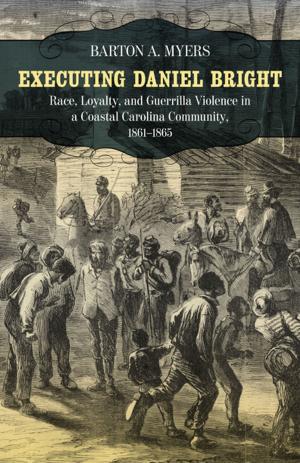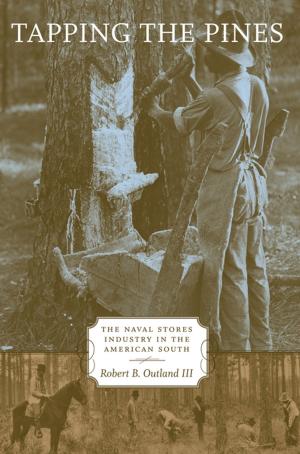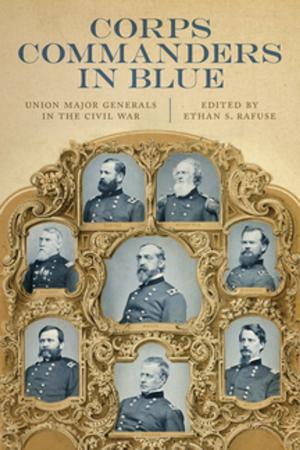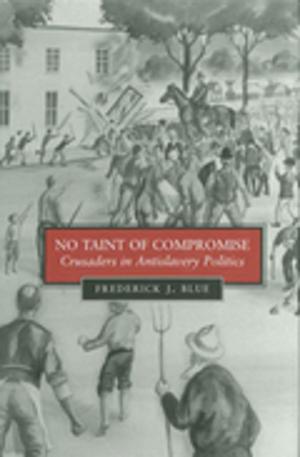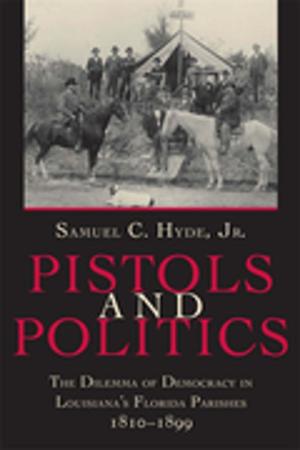Lee's Army during the Overland Campaign
A Numerical Study
Nonfiction, History, Americas, United States, Civil War Period (1850-1877)| Author: | Alfred C. Young III | ISBN: | 9780807151747 |
| Publisher: | LSU Press | Publication: | May 6, 2013 |
| Imprint: | LSU Press | Language: | English |
| Author: | Alfred C. Young III |
| ISBN: | 9780807151747 |
| Publisher: | LSU Press |
| Publication: | May 6, 2013 |
| Imprint: | LSU Press |
| Language: | English |
The initial confrontation between Union general Ulysses S. Grant and Confederate general Robert E. Lee in Virginia during the Overland Campaign included the pivotal battles of Wilderness, Spotsylvania, and Cold Harbor. Yet this crucial engagement has only recently received the same degree of scrutiny as other Civil War battles. In Lee's Army during the Overland Campaign, Alfred C. Young III makes a significant contribution to that study by providing for the first time accurate information regarding the Confederate side throughout the conflict.
While the strength and casualties in Grant's army remain uncontested, historians know much less about Lee's army because of poor record keeping by the Confederates as well as an inordinate number of missing or lost battle reports. The complexity of the Overland Campaign, which consisted of several smaller engagements in addition to the three main clashes, led to considerable historic uncertainty regarding Lee's army. Significant doubts persist about the army's capability at the commencement of the drive, the amount of reinforcements received, and the total of casualties sustained during the entire campaign and at each of the major battles.
The prevailing narrative depicts Confederates as outstripped nearly two to one and portrays Grant suffering losses at a rate nearly double that of Lee. Many Civil War scholars contend that the campaign proved a clear numerical victory for Lee but a tactical triumph for Grant. Young's decade of research, however, contests that notion with new statistical data. Through thorough analysis of information compiled from the National Archives and personal estates Young challenges common assumptions about the Overland Campaign, showing clearly that Lee's army stood far larger in strength and size and suffered much higher casualties than previously believed.
The initial confrontation between Union general Ulysses S. Grant and Confederate general Robert E. Lee in Virginia during the Overland Campaign included the pivotal battles of Wilderness, Spotsylvania, and Cold Harbor. Yet this crucial engagement has only recently received the same degree of scrutiny as other Civil War battles. In Lee's Army during the Overland Campaign, Alfred C. Young III makes a significant contribution to that study by providing for the first time accurate information regarding the Confederate side throughout the conflict.
While the strength and casualties in Grant's army remain uncontested, historians know much less about Lee's army because of poor record keeping by the Confederates as well as an inordinate number of missing or lost battle reports. The complexity of the Overland Campaign, which consisted of several smaller engagements in addition to the three main clashes, led to considerable historic uncertainty regarding Lee's army. Significant doubts persist about the army's capability at the commencement of the drive, the amount of reinforcements received, and the total of casualties sustained during the entire campaign and at each of the major battles.
The prevailing narrative depicts Confederates as outstripped nearly two to one and portrays Grant suffering losses at a rate nearly double that of Lee. Many Civil War scholars contend that the campaign proved a clear numerical victory for Lee but a tactical triumph for Grant. Young's decade of research, however, contests that notion with new statistical data. Through thorough analysis of information compiled from the National Archives and personal estates Young challenges common assumptions about the Overland Campaign, showing clearly that Lee's army stood far larger in strength and size and suffered much higher casualties than previously believed.
